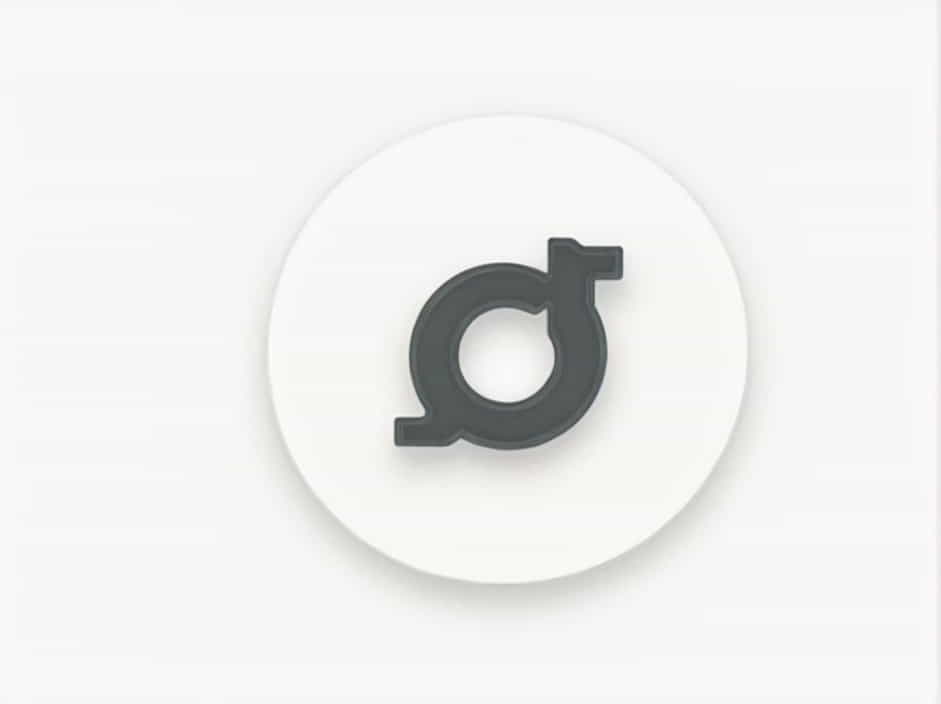In the world of music, dynamics play a crucial role in shaping the emotional impact of a composition. One of the most commonly used dynamic markings is pianissimo. This term indicates a very soft or quiet volume in musical performance.
Understanding pianissimo is essential for musicians, composers, and music enthusiasts. This topic explores the definition, history, usage, and significance of pianissimo, along with real-life examples and its impact on musical expression.
Definition of Pianissimo
The term pianissimo is derived from Italian, which is commonly used in musical notation. It is the superlative form of “piano,” which means “soft” in music. Therefore, pianissimo (pp) means “very soft”.
Key Characteristics of Pianissimo
- It directs musicians to play or sing very softly.
- It is represented by the symbol “pp” in sheet music.
- It is used to create a sense of delicacy, mystery, or calmness in a piece.
- It contrasts with fortissimo (ff), which means very loud.
The Role of Pianissimo in Music
Pianissimo is not just about playing quietly; it serves several important functions in musical compositions.
1. Expressing Emotion
Soft dynamics like pianissimo can create intimacy, sadness, suspense, or peacefulness in a performance. Many classical and contemporary pieces use pianissimo to evoke deep emotions in the listener.
2. Building Musical Contrast
Music often relies on contrast between loud and soft sections to maintain interest. Pianissimo provides a dramatic effect when followed by a louder section. This contrast is commonly used in symphonies, operas, and film scores.
3. Enhancing Atmosphere
Certain musical pieces require a gentle, dreamlike, or mysterious atmosphere. Pianissimo helps musicians achieve this effect, making the music sound delicate and ethereal.
How Pianissimo is Indicated in Sheet Music
Musical notation uses symbols to communicate dynamics. Pianissimo is represented by two lowercase “p”s (pp).
Variations of Pianissimo in Dynamics
- p (piano) – Soft
- pp (pianissimo) – Very soft
- ppp (pianississimo) – Extremely soft
- pppp (sometimes seen in compositions) – Almost inaudible
Composers may add words like “sempre pianissimo” (always very soft) or “subito pianissimo” (suddenly very soft) to guide musicians.
Examples of Pianissimo in Classical Music
Many famous compositions use pianissimo to enhance their emotional depth.
1. Ludwig van Beethoven – “Moonlight Sonata” (First Movement)
The first movement of Beethoven’s “Moonlight Sonata” is played in a soft, mysterious pianissimo, creating a melancholic and dreamy atmosphere.
2. Frédéric Chopin – Nocturnes
Chopin’s Nocturnes frequently use pianissimo passages to express deep emotion and sensitivity. The delicate dynamics create a poetic and intimate feeling.
3. Claude Debussy – “Clair de Lune”
This masterpiece features soft, flowing melodies that rely on pianissimo dynamics to create an ethereal mood.
4. Gustav Mahler – Symphony No. 9
Mahler’s Ninth Symphony ends in pianissimo, fading away into silence, symbolizing fragility and mortality.
Pianissimo in Modern Music
While pianissimo is commonly associated with classical music, it is also used in modern genres.
1. Jazz and Blues
In jazz, pianissimo is used in soft, intimate sections, especially in ballads. Smooth saxophone solos and quiet piano chords often utilize this dynamic.
2. Film Scores
Movie soundtracks frequently use pianissimo to build tension or create an emotional scene. For example, composers like Hans Zimmer and John Williams use pianissimo to add depth to their scores.
3. Pop and Rock Music
Some pop and rock songs use pianissimo in acoustic or slow sections to create an emotional contrast before the chorus or climax.
How Musicians Achieve Pianissimo
Playing pianissimo requires control and technique. It is not simply about playing quietly; musicians must maintain clarity and tone quality at a soft volume.
1. For Pianists
- Use light finger pressure on the keys.
- Keep the hands relaxed for better control.
- Focus on evenness of sound to avoid notes dropping out.
2. For String Players
- Use a light bow stroke and play closer to the fingerboard.
- Control bow speed to maintain smooth, quiet tones.
3. For Wind and Brass Players
- Use gentle air support while keeping a steady tone.
- Avoid excessive pressure to prevent sound distortion.
4. For Singers
- Use breath control to maintain a soft, steady voice.
- Keep vocal cords relaxed for smooth, quiet tones.
Common Challenges When Playing Pianissimo
1. Loss of Tone Quality
Playing too softly can result in a weak or unclear sound. Musicians must balance softness with clarity.
2. Inconsistent Volume
Maintaining an even pianissimo across different notes and phrases requires practice and control.
3. Lack of Projection
Soft playing should still be audible in large concert halls, requiring proper technique and acoustics.
Pianissimo vs. Other Dynamics
Pianissimo is one of several musical dynamics that help shape a piece. Here’s how it compares to other levels of loudness:
| Dynamic | Symbol | Meaning |
|---|---|---|
| Fortissimo | ff | Very loud |
| Forte | f | Loud |
| Mezzo-forte | mf | Moderately loud |
| Mezzo-piano | mp | Moderately soft |
| Piano | p | Soft |
| Pianissimo | pp | Very soft |
| Pianississimo | ppp | Extremely soft |
Pianissimo is an essential musical dynamic that indicates very soft playing or singing. It is used to create emotion, contrast, and atmosphere in various genres of music. From classical masterpieces to modern compositions, pianissimo helps musicians convey delicacy and depth in their performances.
Mastering pianissimo requires control, technique, and practice, making it a valuable skill for any musician. Whether in orchestras, solo performances, or film scores, pianissimo continues to shape the way we experience music.
